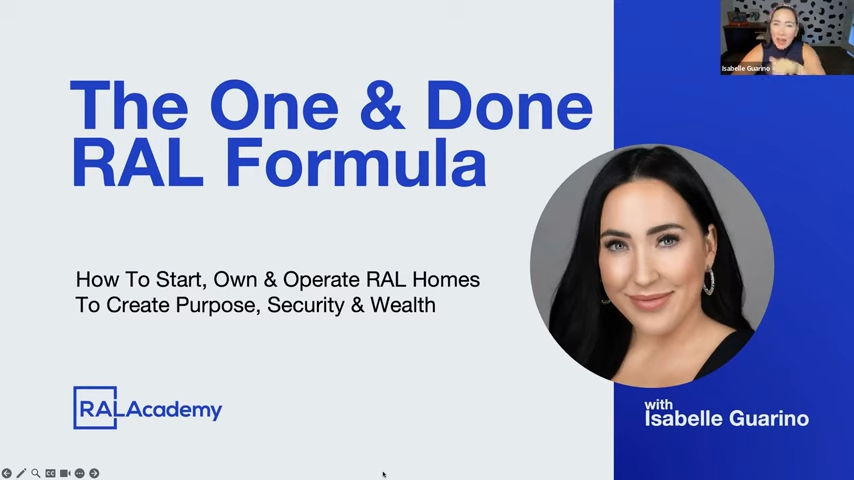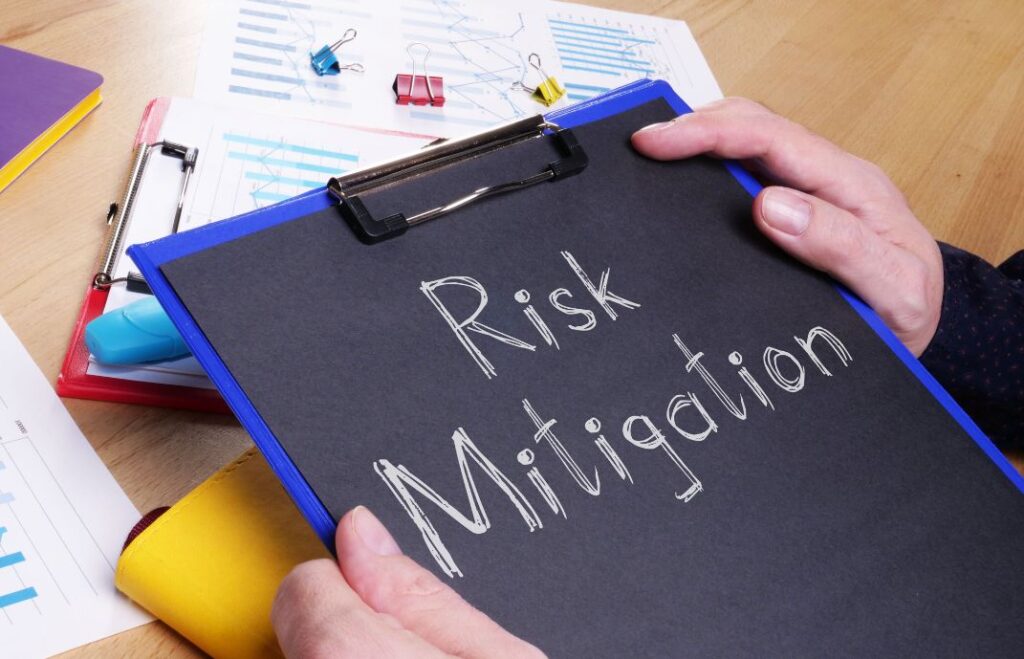
Hello Realty411 Investors;
Are you looking for new opportunities to grow your wealth through real estate? If so, be sure to watch our exclusive webinar replay tailored for savvy investors like you.
What You’ll Learn:
- Learn Why Residential Assisted Living is the Fastest Investing Sector
- Discover How Your Can Get Involved and Get Ready for the Silver Tsunami
- Insights into the thriving market of Residential Assisted Living
- A Live Webinar with the Leader of this Space: Isabelle Guarino!
LEARN MORE ABOUT OUR EDUCATOR: ISABELLE GUARINO
Isabelle Guarino trains and teaches entrepreneurs and investors at the Residential Assisted Living Academy. She has extensive experience in building brands, launching this company and many more into national recognition while running the day-to-day operations.
She is responsible for the creation and success of the Assisted Living Conference, the Assisted Living Network Podcast, RAL National Association, Recovery Housing Academy, Pitch Masters Academy, and most of the Impact Housing Group’s companies. With a background in Business Marketing and Communications, from interning at Walt Disney World, to working at two Fortune 500 companies, she is a true leader in business development and operations.

Isabelle has spoken across the country to 100,000’s of investors and entrepreneurs, she is a 2x Best-Selling author and has been featured in major magazines & articles nationally. She was named both “Future Leader” in the Senior Housing industry and “Top Senior Housing Influencer”.
She is THE most sought-after coach and trainer in our country for all things “RAL”! Isabelle’s goal is to carry on her father’s legacy by training investors & entrepreneurs how to… “Do Good & Do Well”.Whether you’re a seasoned investor or new to real estate, this webinar will equip you with actionable strategies to diversify your portfolio and achieve consistent returns.Seats are limited, so secure your spot now!
Take the first step towards becoming a private lender and making your money work smarter for you. Be sure to watch this webinar replay.
article continues after advertisement
LEARN MORE ABOUT THE ACADEMY
Residential Assisted Living AcademyTM is America’s premier training organization in this unique and specialized niche’ of opportunity. Launched in 2012 by entrepreneur / real estate investor Gene Guarino, Residential Assisted Living Academy TM has trained hundreds of investors, business owners and entrepreneurs in this new and exciting field of opportunity.
With 77 million Baby Boomers preparing to retire over the next several decades, residential assisted living is a comfortable “home-style” alternative to institutional living such as a nursing home. This “silver tsunami” mega-trend makes for a huge financial opportunity for those prepared to position themselves for success.
In 2021, when Gene Guarino passed away his daughter and heir Isabelle Guarino stepped up to take the company to the next level. She is carrying on Gene’s legacy and leaving a mark on this senior housing industry by helping students open one RAL at a time.
article continues after advertisement
ABOUT OUR REALTY411 VIP NETWORK:
Investors, be sure to join us online for this Realty411 VIP Network Event and gain access to wonderful REI education, off-market property strategies, plus savings with major retail brands across the nation.
In addition, you’ll be invited to our private social media platforms to connect with other Realty411 members and readers. Members will also receive a print magazine mailed to them as well.

Join us for our VIRTUAL VIP Network Member’s Meeting to become a member of our national investing network. Each VIRTUAL meeting with feature a special speaker, plus members will have the opportunity to chat, ask questions anonymously or even join us on video to ask questions directly.
Our goal is to make a fantastic online and offline environment where learning and growing are key. We hope to assist as many estate investors as possible on their journey towards success.
For this special online session, we will focus on owning and operating your own Residential Assisted Living home and why every investor should consider this business option.
Website: https://Realty411.com






























